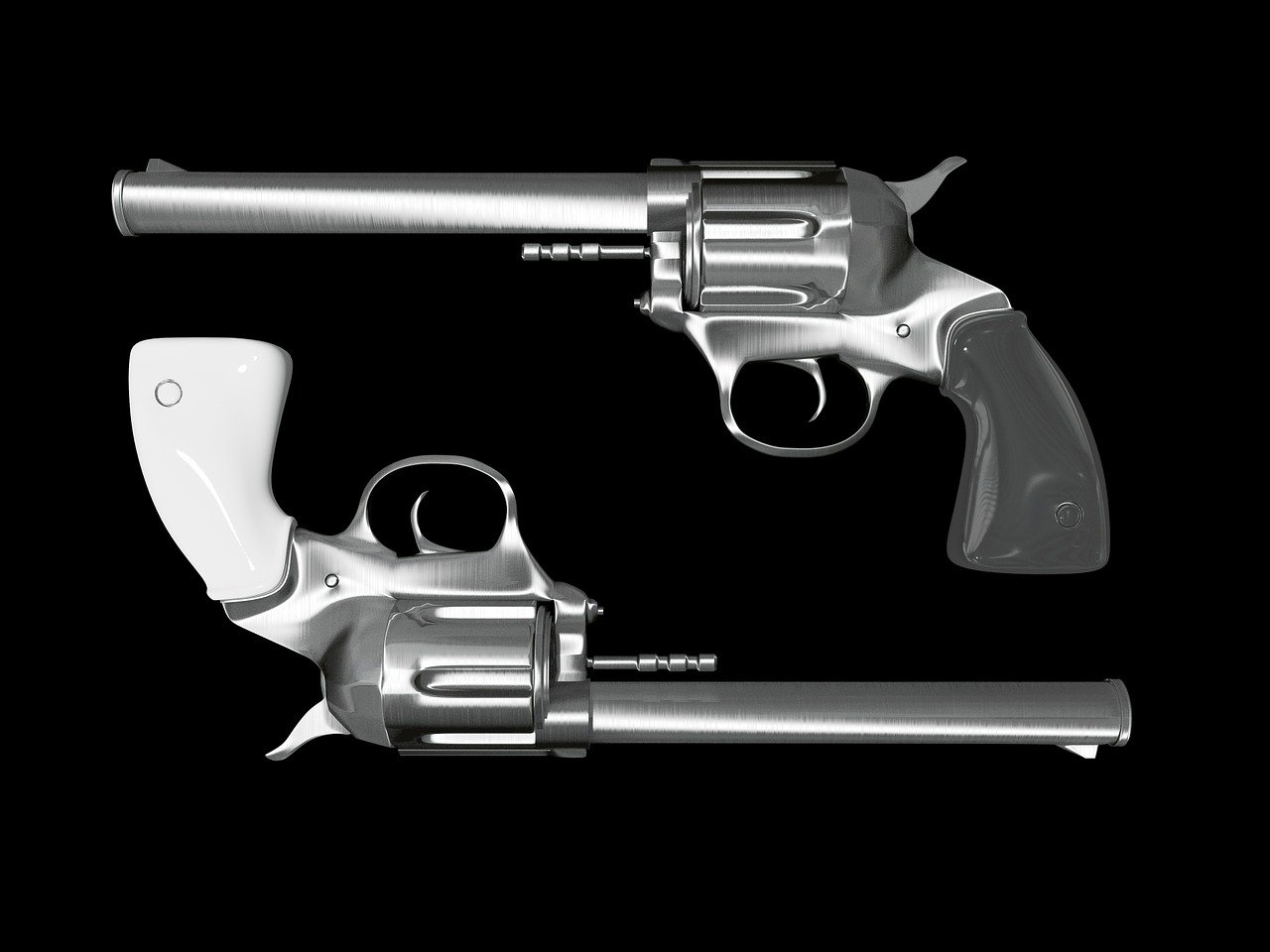The pandemic had us glued to our computer screens, but if there’s one positive, it’s that more people were introduced to The Sopranos. The mob drama is experiencing a revival of interest, especially due to its 2021 film prequel The Many Saints of Newark and the podcast Talking Sopranos, led by co-stars Michael Imperioli and Steve Schirripa.
If you were looking for a sign to give it a go, this is it! We will discuss some of the unique characteristics of the show and how it changed television forever. We’ll try to keep the article as spoiler-free as possible.
A Mobster Goes to a Psychiatrist…

That’s how James Gandolfini summarised the show to his son Michael (who plays younger Tony Soprano in the prequel). While Gandolfini was trying to keep his explanation as PG-13 as possible, it’s actually a good summary and a significant part of the show, which starts when Tony begins his seances with Dr. Melfi.
The Sopranos is definitely not The Godfather in New Jersey. David Chase, the showrunner, strips the pomp and circumstance of the classic mob film to show you the underbelly of “this thing of ours” as Sil called it. Tony can be most often seen in his beloved bathrobe than a tailored Italian suit.
Not only does Chase strips Tony of elegant clothes, but he also strips him of mystery. Michael Corleone is famously told by his father to keep his thoughts to himself, while Tony does the complete opposite in the very first episode when he realises he needs help.
Tony often laments the stoic men of the past who kept to themselves; paradoxically, he tells that to his psychiatrist. The show begs the question of whether Tony can be “saved” through an in-depth exploration of his strengths and weaknesses, the things he tells Melfi and the things he doesn’t.
While some people blamed Chase for the cop-out of having the protagonist relay his thoughts every episode, rather than allowing the viewers to interpret his actions, the showrunner proved them wrong by simultaneously creating one of the most reliable and unreliable narrators ever.
The internet might joke about skipping the Melfi scenes, but don’t you dare do it. They are one of the most integral parts of the show and you’ll see why if you pay close attention.
The Magic of Pay Television Networks
The show wouldn’t have been the same if a cable network picked it instead of HBO. The Sopranos was exactly what the paid network needed at the time – an original feature to go along with the otherwise non-HBO-produced films and shows.
Chase was given the leeway to portray violent and sexual scenes in the most graphic way. There wasn’t anything like that on television before The Sopranos (exception: Sex and the City, another HBO show, featured graphic sex scenes a year prior).
Media scholars can pin-point the exact moment television changed forever. It was in one of the first few episodes of The Sopranos where Tony kills a man with the deed spanning over a few minutes, showing you every single detail, allowing for no mystery.
The risky decision was applauded and it was credited for ushering in the Second Golden Age of Television. A Sopranos writer, Matthew Weiner, went on to create Mad Men, telling interviewers that his show would be “shit” if The Sopranos didn’t exist.
A whole new archetype emerged, that of the antihero protagonist embodied by Tony. It’s not a coincidence that Don Draper and Walter White appeared in 2007 and 2008 respectively, to fill in the gap left by him.
More Whacking and Even More Yakking
In a 2019 interview, Chase shared his frustration about The Sopranos fanbase when the show was still running. He was often told by fans to portray “less yakking, more whacking”, which only made him double-down on the yakking.
The yakking refers to the Melfi sessions, but also to the brilliant surrealist sequences in the show. Who can forget Carmela telling Tony to keep his horse (think of the word that sounds similar) out of the house in one of Tony’s dreams?
While we get to see Tony doing the sweetest and the most despicable things, we learn just as much about him, if not more, from observing and interpreting his dreams. We’re also let in the dreams and hallucinations of other characters, which lays them bare for us to investigate their true feelings and motivations.
We are still amazed by the way in which Chase blended extreme realism with just as extreme surrealism and made both seem so natural and authentic. If the French film scholar of realism, Andre Bazin, lived long enough to see it, we bet he’d change his mind about a couple of things.
Overall, the yakking is what makes The Sopranos the show it is. You can watch countless mob dramas, but none of them would be quite like Chase’s brainchild. None of them can give you this sort of intimacy and the material to explore characters like never before.
It’s no wonder that the show survived the test of time and that newer generations take to it in the same way that their parents did back in 1999.
